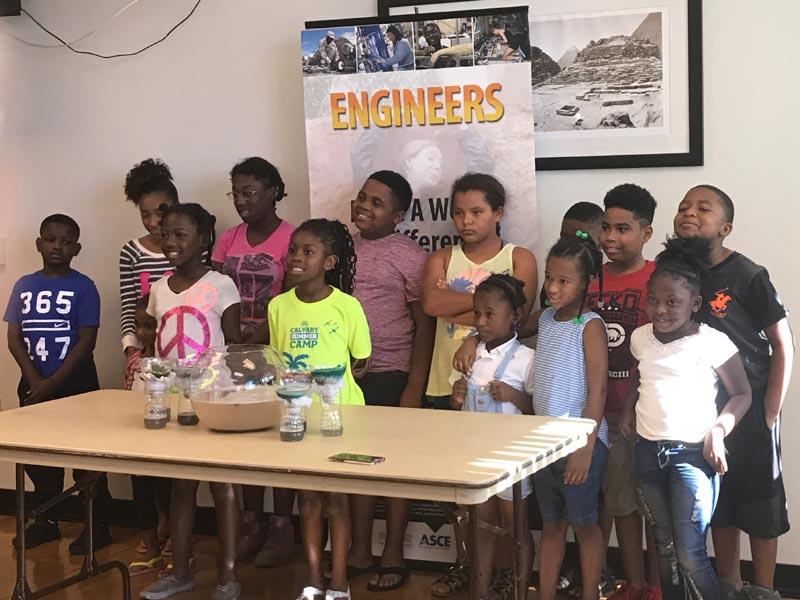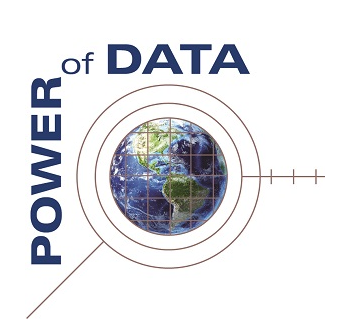Digitally Inoculating Viewers Against Visual Misinformation With a Perceptual Training
Misinformation impedes people?s ability to make informed decisions in many areas, for example politics, health care, purchasing, or investing. Misinformation can be created by accident or intentionally. Misleading graphs are a particularly dangerous form of misinformation because they can make false information more believable and reach viewers faster. To combat misinformation in graphs, one needs to consider two aspects of graph comprehension: conceptual reasoning and perception. Prior research has focused on conceptual reasoning about graphs.

